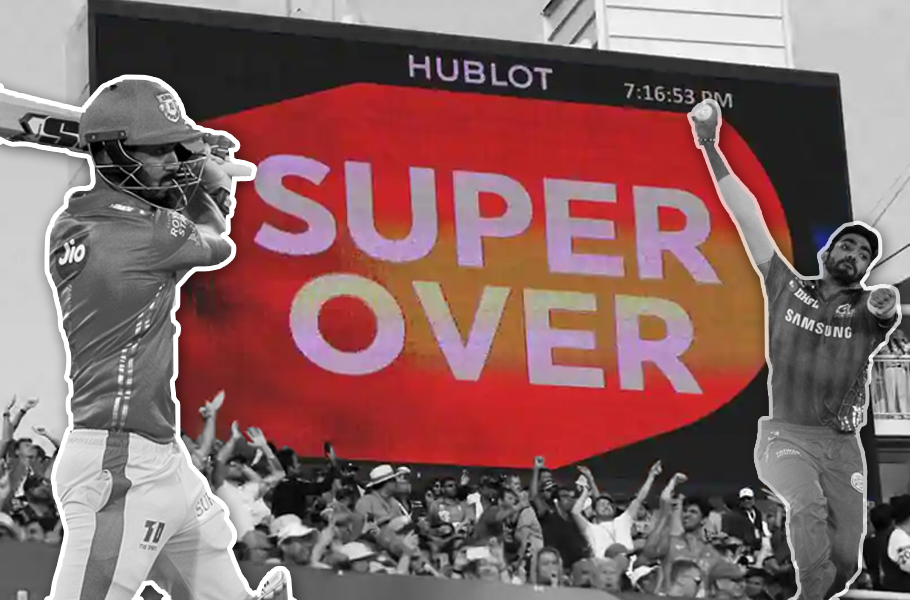
IPL 2020: Tied super over explained; here’s why Bumrah didn’t bowl again

It was a historic day in the Indian Premier League (IPL) on Sunday night (October 18) when the tournament witnessed two Super Overs to decide a single match at the Dubai International Cricket Stadium.
Also read: Why is this losing habit with Kings XI Punjab?
In a thrilling contest, Kings XI Punjab edged four-time champions Mumbai Indians in the second Super Over after the first one-over eliminator and the actual match were tied.
MI posted 176/6 and in reply KXIP too had the same score and the game headed into the Super Over.
Unlike previous instances where the match would have been decided in one super over even if it ended in a tie, Sunday was different.
After the ICC World Cup 2019 final where the trophy was decided on boundary countback after the super over was tied between England and New Zealand at Lord’s, the ICC changed the super over rules.
Also read: Assured but not arrogant: IPL’s young league makes their presence felt
Now, teams will continue to play multiple Super Overs in case of a tie. The same happened on Sunday in IPL 2020.
In the first Super Over between KXIP and MI, Jasprit Bumrah and Mohammed Shami bowled. However, they could not in the second, due to the rules.
Also, batsmen dismissed (Nicholas Pooran, KL Rahul, Quinton de Kock) in the first Super Over were ineligible to bat in the next Super Over.
However, Bumrah, Shami, Pooran, Rahul and de Kock were eligible to play if there was a third Super Over.
Here is the tied super over rule explained.
As per IPL 2020’s playing conditions:
Tied Super Over – Repeating the super over procedure
- If the Super Over is tied, then subsequent super over will be played until there is a winner (subject to paragraph 25, see below).
- In normal circumstances, any subsequent super over will start 5 minutes after the previous super over ends.
- The team batting second in the previous super over will bat first in the subsequent Super Over.
- The balls selected for use by each team in the previous super over shall be used again by the same team in subsequent super over(s).
- The fielding side must bowl its over in a subsequent super over from the opposite end to which it bowled from in the previous super over.
- Any batsman dismissed in any previous super over shall be ineligible to bat in the following super over.
- Any bowler who bowled in the previous super over shall be ineligible to bowl in the subsequent super over.
- In all other ways, the procedure for a subsequent super over shall be the same as for the initial super over.
What happens if the super over is unable to be completed?
- Where the super over or subsequent super overs are abandoned for any reason prior to the completion then the match shall be declared a tie and points allocated as in Clause 16.10.1 (1 point per team taking part in any match with no result or any match which is tied (where it was not possible to complete a super over, or subsequent super overs)
- Paragraph 25: In circumstances where there are unavoidable time constraints (for example, a requirement to switch off floodlights at a certain time) which do not allow the completion of multiple super over(s), the IPL Match Referee may limit the number of possible super overs and shall advise both captains accordingly prior to the start of the first super over.


